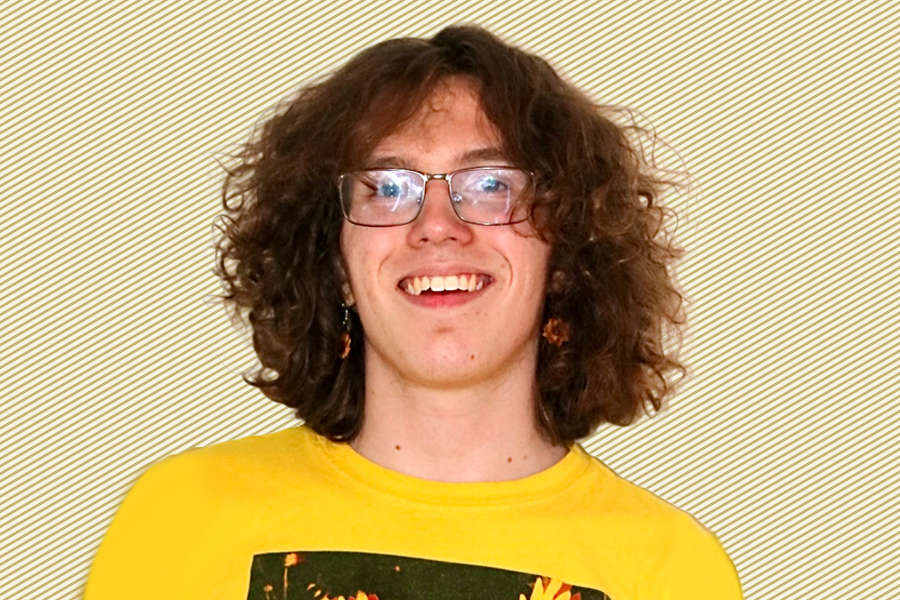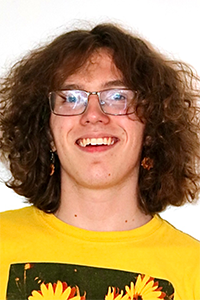
By Hudson McGaughey
Saporta Report
|
|
On a blistering July day this summer, I strolled down the side of the road in Clarkston with three high school students, chatting and taking pictures. To others, we probably looked like another group of teenage boys, maybe looking for a place to cool off, and taking photos for Instagram. However, these pictures weren’t for social media. They were for research.
Eyeing every apartment complex, shop, restaurant and church, we were studying the town’s supply of bike racks. Though one might not guess it, the four of us were working as mobility researchers to advocate for the communities of Clarkston.
The three high school students were local Clarkston residents taking part in a summer institute at the Georgia Institute of Technology. I was a second-year environmental engineering student at Georgia Tech, working as a teaching assistant through the SLS Summer Internship Program. On this particular day, our work focused on the social science method of photovoice – expression through pictures.
This type of work was new to the high schoolers and me. As an engineer, I was learning to collaborate directly with communities to understand assets and challenges instead of rushing to design solutions based on a limited, outsider perspective. As residents of Clarkston, the students guided me through their community, while gaining new perspectives themselves.
Clarkston as a city is well-known for its high immigrant population – often referred to as the most diverse square mile in the country. However, despite welcoming people from all over the world, the town itself is difficult to traverse. According to the high school students, the MARTA bus is underutilized as many people simply don’t feel comfortable riding MARTA, whether due to safety concerns or lack of convenience.
As a result, adults often form carpools to get to work. But younger people do not have an obvious alternative mode of transportation. As one of the student researchers explained, “It can be difficult for young people to get around to places like soccer practice. I hope that we can improve mobility options for youth so that people like my little brother can get around more easily.” Biking is a potential, but imperfect, solution, as limited bike racks makes it hard to secure bikes, and a lack of bike lanes makes biking potentially dangerous.
I have worked on the mobility project for over a year through Georgia Tech’s undergraduate research class, Building for Equity and Sustainability. The Clarkston students participated this summer through a month-long program hosted on our campus called the Youth Participatory Action Research (YPAR) Institute, by Serve-Learn-Sustain and Assistant Professor Allen Hyde, in partnership with Clarkston community organization, UPPER90. The program’s mission was to empower youth by teaching them research and community advocacy skills.
As the youngest instructor working with the students, it was easy for me to empathize with their mobility challenges. They described struggles I easily recalled, such as my young teen self – wanting to visit a friend’s house, attend sports practice, or stay at school for club meeting, but having to rely on someone to give me a ride. It is not surprising that young people have mobility challenges, for as Doug Joiner writes, youth are rarely seen as commuters and are left out of mobility planning almost everywhere. The students and I accepted the challenge of studying Clarkston’s transportation system as our research focus.
The experience enlightened us all. The Clarkston students had the opportunity to research, understand their community and recognize its most prominent mobility gaps and, most importantly, propose initial solutions. The students devised four suggestions:
- Initiating a program to teach residents how to use the MARTA bus system
- Increasing the number of bike racks
- Adding more streetlights to increase safety
- The important next step: Acting as change-makers by presenting their research to community leaders
In addition, the experience will further the broader transportation initiatives of my undergraduate research group by strengthening our relationship with, and understanding of, the community. The process of equitable engineering requires that solutions be shaped and designed around those who will actually live with them.
The end of the one-month YPAR Institute did not signal the end of our work. The students are passionate and ambitious – they started to learn how to create change, and many are looking to continue this effort. When asked how he would like to continue to build up Clarkston, one student responded that he wants to “help members of the community that need help, provide street lights in dark places or other things. Or address issues of gang violence. In the future, I want to help make the world a better and more beautiful place where everyone can have joy and a peaceful life.” As for myself, another semester of research is already underway. Our team has continued to work to understand the youth’s needs by interviewing other highschoolers about their mobility habits, and we plan to engage even more deeply with the students from this summer through similar interviews.
For me, the project and ongoing community work has been the most transformative of my learning experiences as an engineer, by furthering my ongoing training in the often ignored side of engineering that is equity. In particular, it served as an opportunity to engage directly with the most important stakeholders in our project – the end-users. It was a chance to truly design with Clarkston’s residents rather than for them, making their input central.
I hope more students have the opportunity to work directly with those who interact with their projects, and that Georgia Tech as a whole empowers efforts in equitable engineering.
Related:
- Serve-Learn-Sustain
- Georgia Tech Vertically Integrated Projects: Building for Equity and Sustainability

